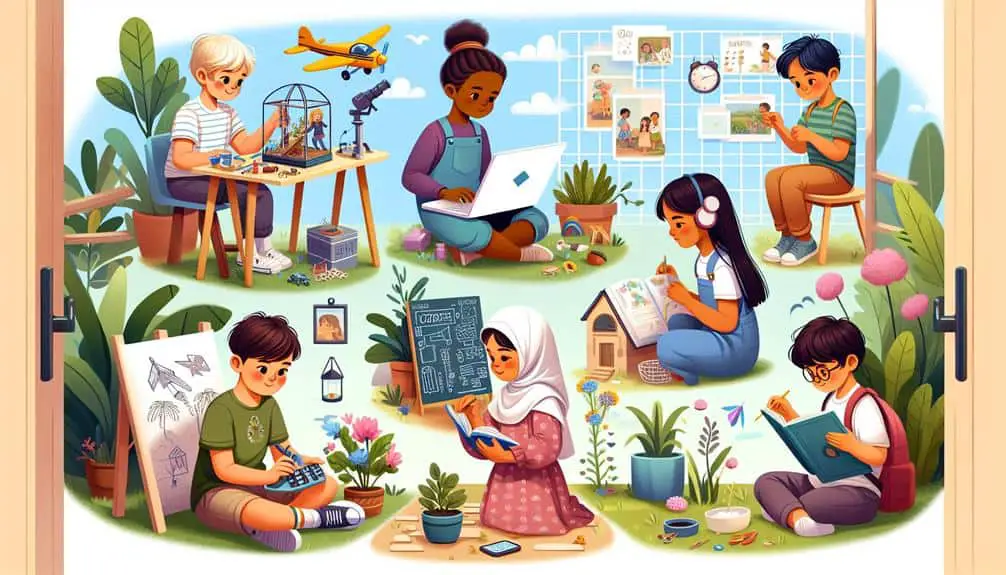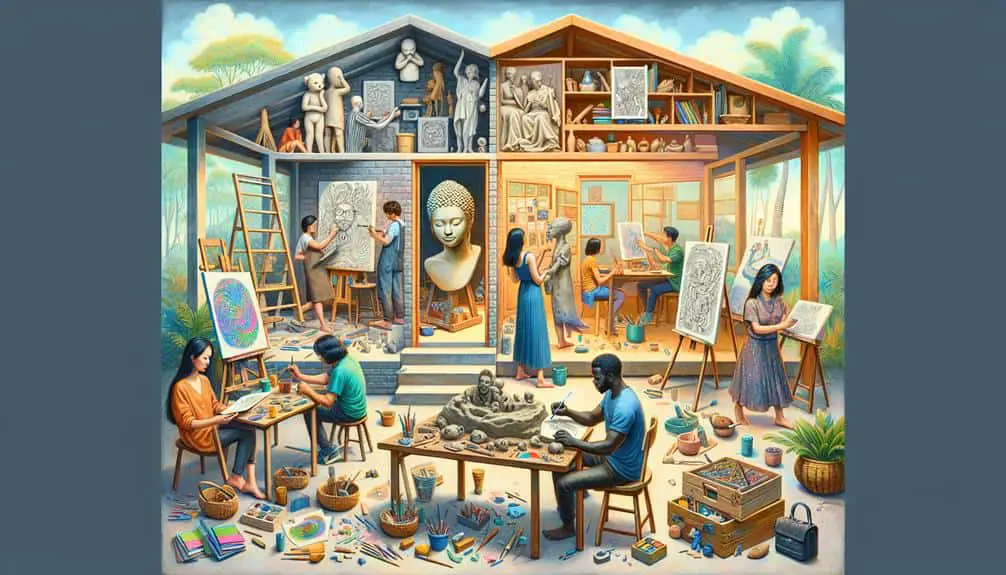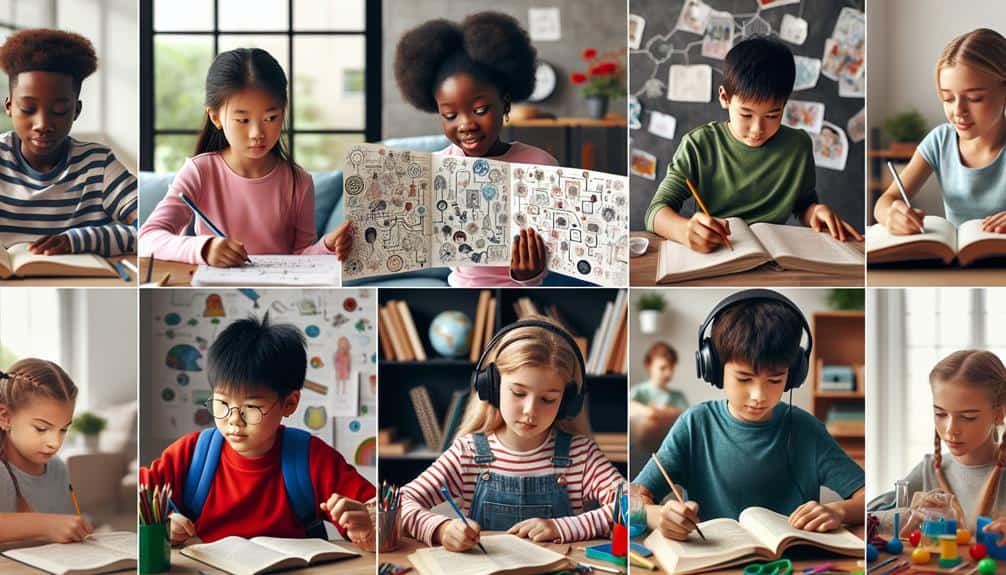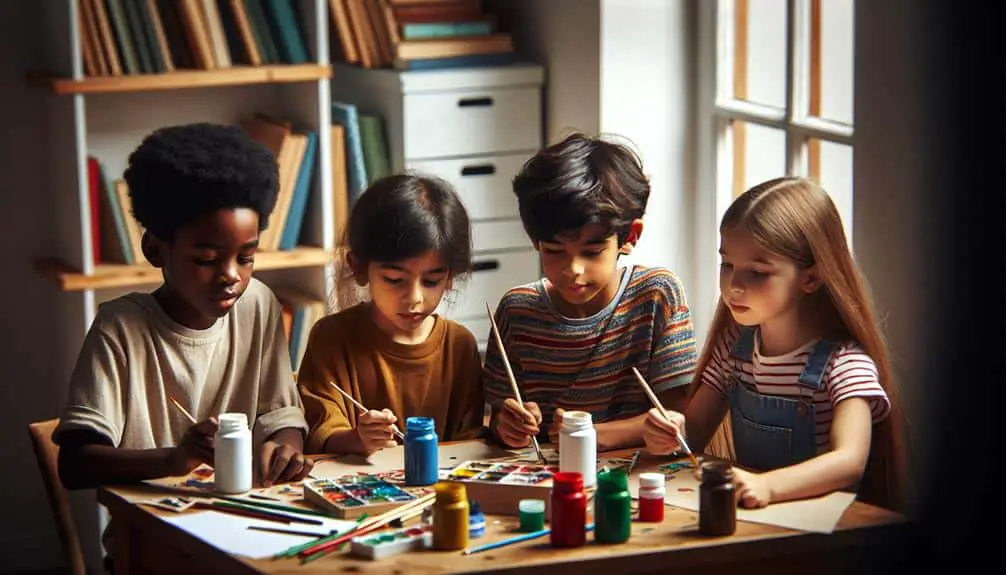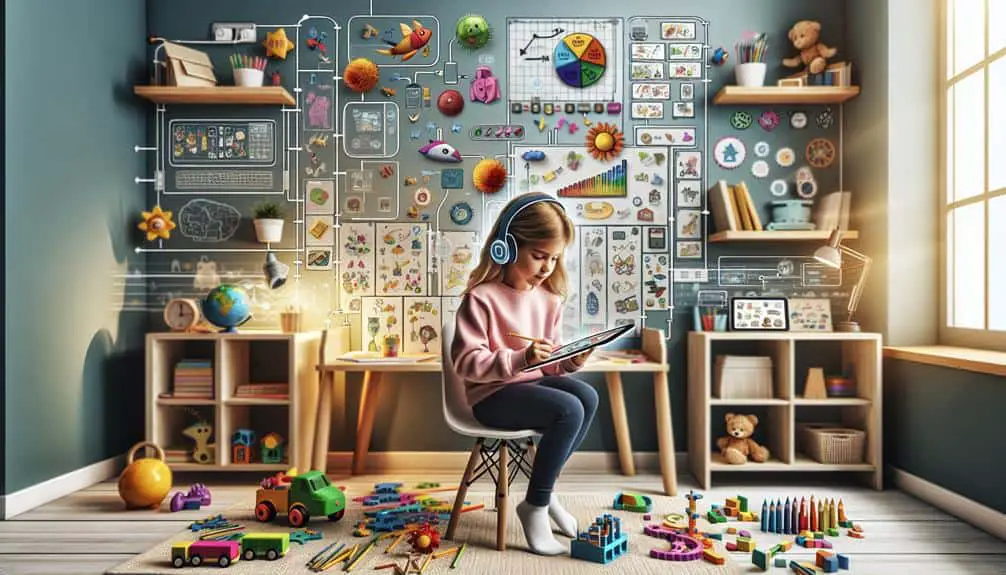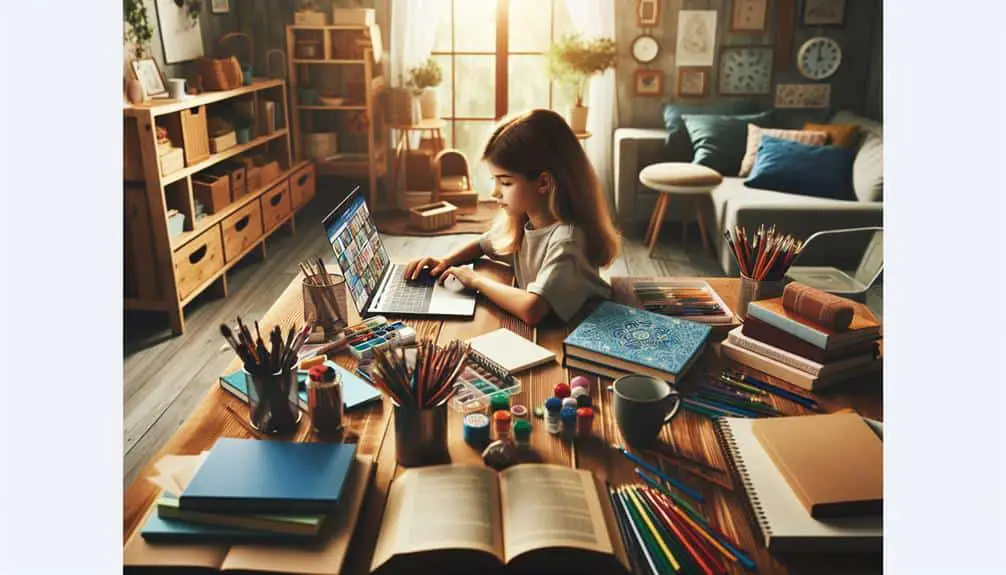Why Incorporate Nature-Based Activities in Homeschooling?
Immerse your homeschooling in nature for incredible benefits. Boost cognitive skills, critical thinking, and emotional well-being. Ignite creativity, resilience, and problem-solving abilities. Tailor activities to suit various learning styles – visual, kinesthetic, auditory, and reading/writing. Engage all senses with hands-on tasks, scavenger hunts, music, and sensory bins. Foster curiosity through experiences, outdoor adventures, and nature […]
Why Incorporate Nature-Based Activities in Homeschooling? Read More »


